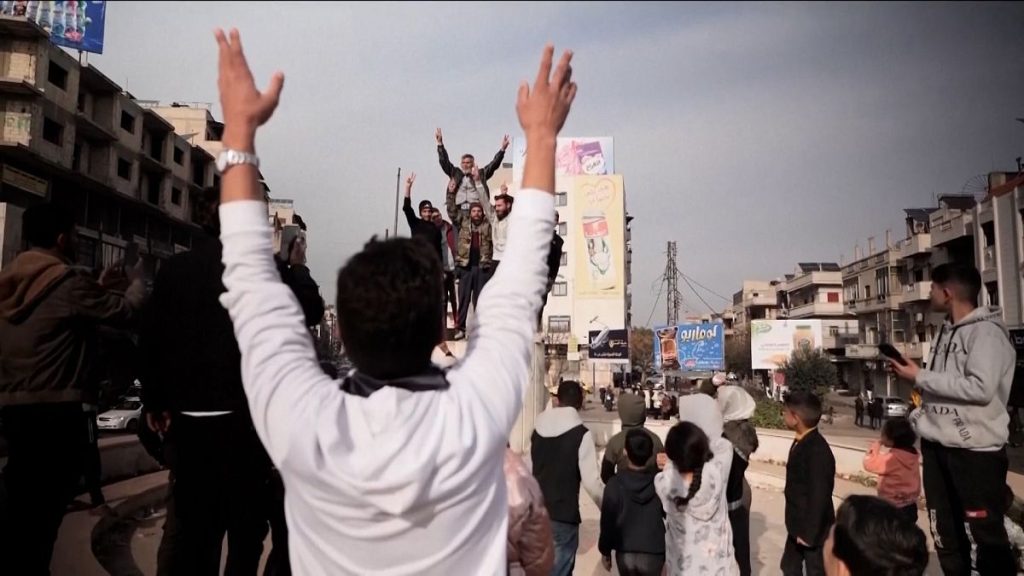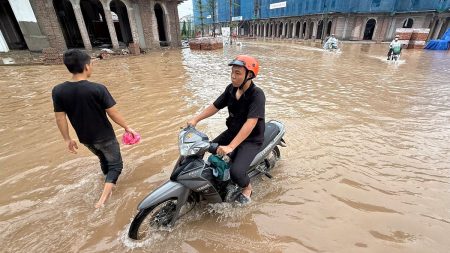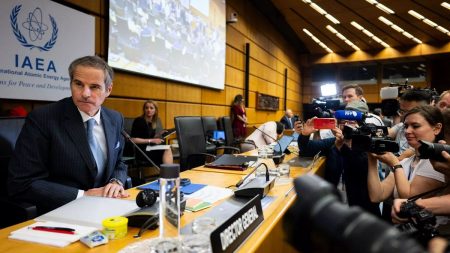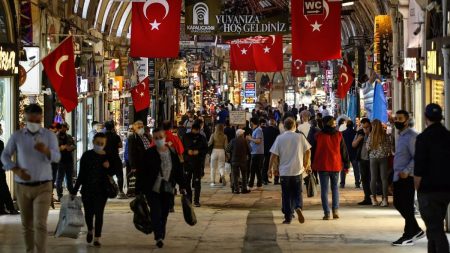The Syrian civil war, a protracted and devastating conflict spanning nearly a decade and a half, has finally reached a turning point, allowing displaced Syrians to tentatively begin the arduous journey back home. In Baba Amr, a district of Homs once synonymous with fierce resistance and subsequent destruction, residents are cautiously optimistic, celebrating the end of the Assad regime and the prospect of rebuilding their lives. The echoes of war still resonate deeply, etched onto the landscape and within the hearts of those who endured unimaginable suffering. However, amidst the rubble and lingering trauma, a fragile hope is taking root, fueled by the return of former exiles and the shared desire for a peaceful and prosperous future. This nascent period of transition is fraught with challenges, but the resilience of the Syrian people, demonstrated time and again throughout the conflict, offers a glimmer of hope for a brighter tomorrow.
The return of exiles to Baba Amr is both a symbolic and practical step towards healing and reconstruction. These individuals, forced to flee their homes due to the violence and persecution, bring with them valuable skills, experiences, and resources that can contribute to the revitalization of the community. Their return also signifies a renewed sense of belonging and identity, re-establishing vital social connections and reaffirming the cultural fabric of the neighborhood. While their physical return is a crucial first step, the process of reintegration will be complex and require significant support. The trauma of displacement, coupled with the losses and hardships endured during the war, will necessitate comprehensive psychosocial support and access to essential services such as healthcare, education, and employment opportunities.
Rebuilding Baba Amr, and indeed Syria as a whole, will be a monumental undertaking, demanding not only physical reconstruction but also the restoration of trust and social cohesion within communities fractured by years of conflict. The scars of war run deep, marked by destroyed infrastructure, shattered economies, and profound psychological wounds. The process of rebuilding will require substantial international assistance, including financial aid, technical expertise, and humanitarian support. Equally crucial will be the active participation of local communities, ensuring that reconstruction efforts are inclusive, sustainable, and address the specific needs of the affected populations.
The transition to a post-Assad era presents both opportunities and challenges for Syria. The dismantling of the authoritarian regime opens up possibilities for democratic reforms, greater political participation, and respect for human rights. However, the legacy of Assad’s rule, including widespread corruption, security sector reform, and the presence of various armed groups, poses significant obstacles to establishing a stable and inclusive governance structure. Furthermore, the complex geopolitical landscape, with the involvement of regional and international actors, adds another layer of complexity to the transition process. Navigating these intricate dynamics will require careful diplomacy, consensus-building, and a commitment to a Syrian-led political solution.
For the returning residents of Baba Amr, the focus is firmly on rebuilding their lives and creating a better future for their children. They are determined to reclaim their homes, revive their businesses, and restore a sense of normalcy to their daily routines. However, they acknowledge the long and difficult road ahead, recognizing that the wounds of war will take time to heal. Despite the daunting challenges, their resilience and unwavering hope provide a powerful testament to the human spirit’s capacity to endure and rebuild even in the face of unimaginable adversity. The stories of these returning residents embody the spirit of renewal and the enduring hope for a peaceful and prosperous future for Syria.
The international community has a crucial role to play in supporting Syria’s transition and ensuring the successful reintegration of returning refugees. This requires a multi-faceted approach encompassing humanitarian assistance, development aid, and political engagement. Providing essential services such as healthcare, education, and shelter is paramount, alongside supporting local communities in rebuilding their infrastructure and revitalizing their economies. Furthermore, promoting reconciliation and fostering social cohesion through dialogue and community-based initiatives is essential for healing the deep divisions created by the conflict. Ultimately, the success of Syria’s transition depends on a collective effort, involving the Syrian people, neighboring countries, and the broader international community, working together to build a more stable, just, and prosperous future for all Syrians.














